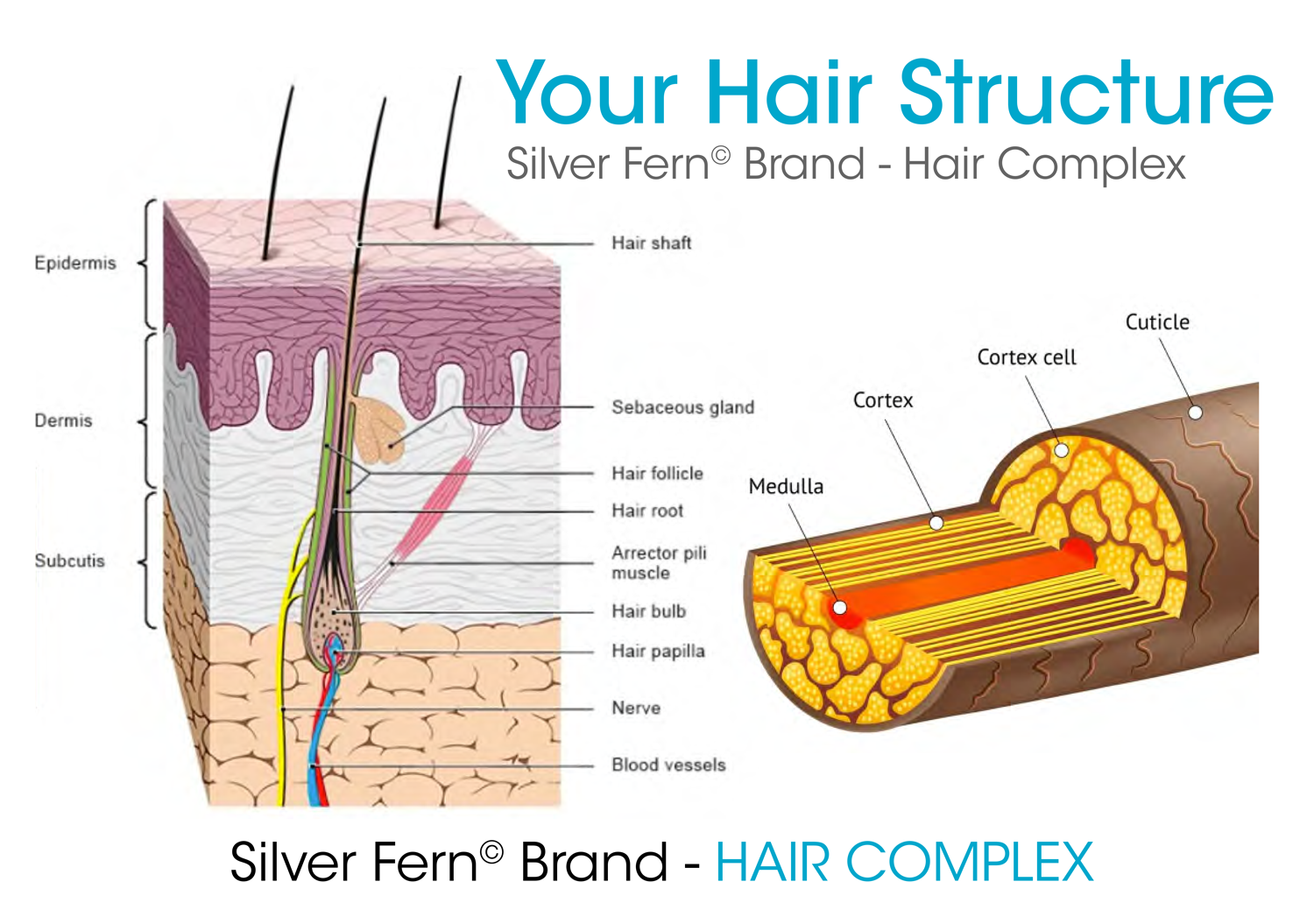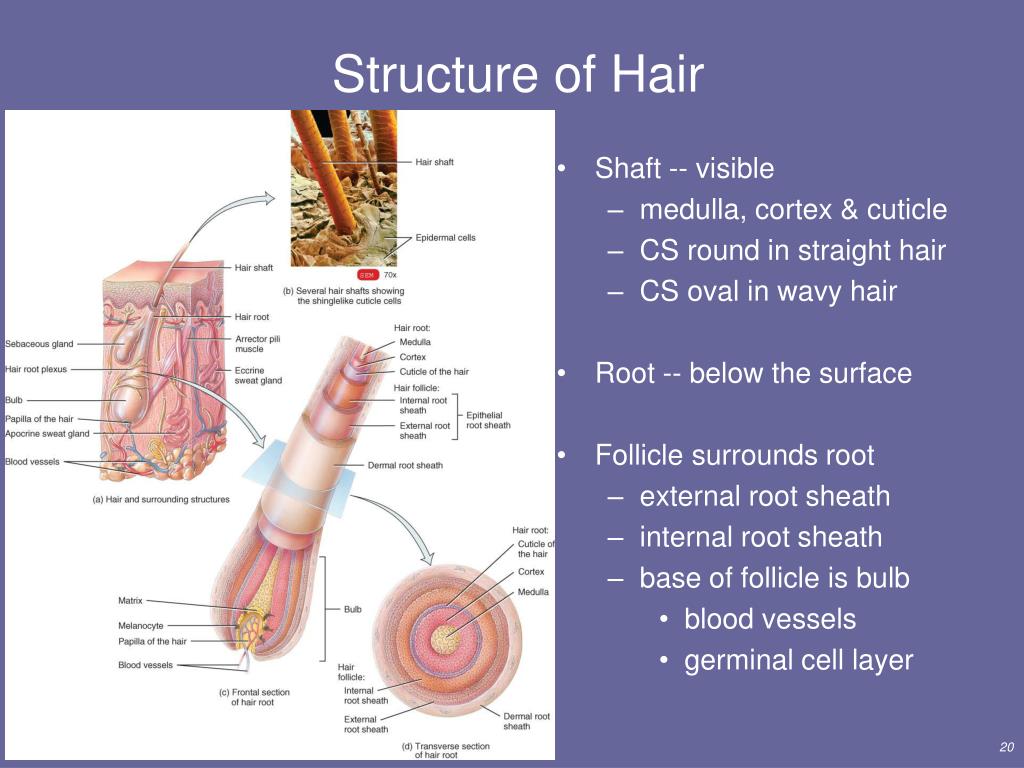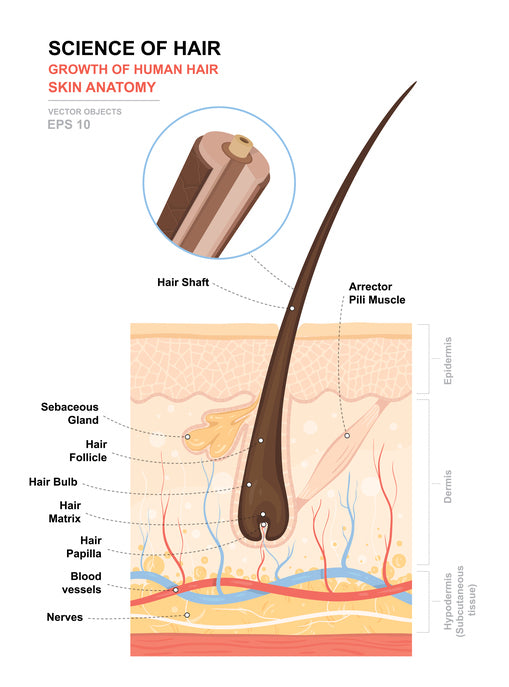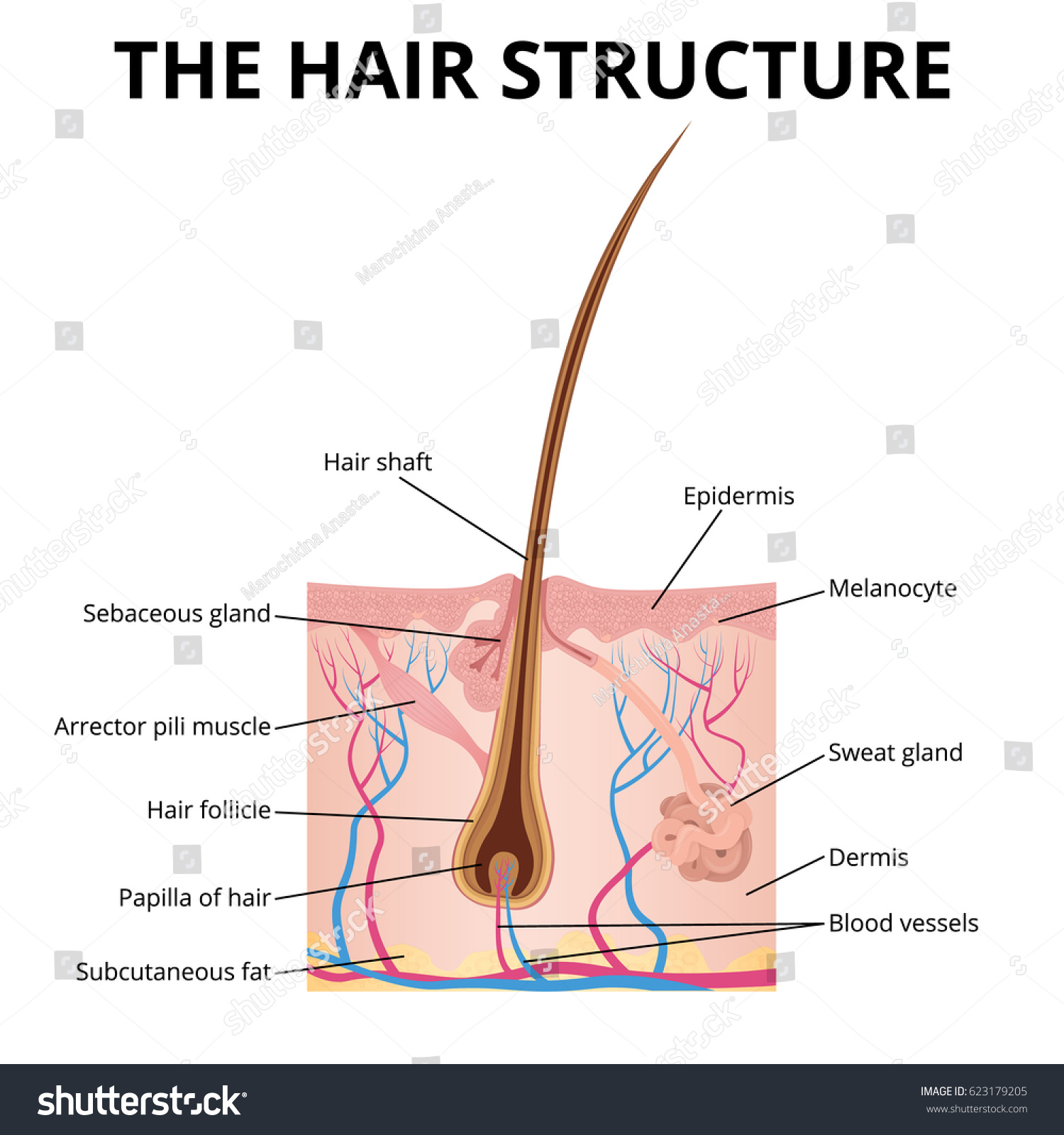Table Of Content

In conclusion, understanding hair structure is like getting a key to a treasure chest. Have you ever wondered why your friend’s hair can be so different from yours, even though you use the same hair care products? Well, that's because everyone’s hair has unique traits like thickness, curl pattern, and color.
Nerves
The cell membrane complex mainly consists of lipid mono- and bilayers. The corresponding scattering features correspond to a lamellar periodicity of about 45 Å, and rings at spacings of about 4.3 Å, characteristic of the order within the layers (Busson, Engstrom & Doucet, 1999). Both these features are observed in the 2-dimensional X-ray data of all individuals in Fig. 1, as a ring-like scattering intensity at q-values of ∼0.1 Å-1 and a broad, ring-like scattering at ∼1.5 Å-1 as a result of the lipid order within the membrane layers. The corresponding diffraction signal has a maximum on the qz-axis, indicating a preferential orientation of the membrane plane parallel to the surface of the hair. The hair shaft comprises a cortex, surrounding cuticle cells, and sometimes a central medulla found in thicker hair.
Assignment of common scattering signals
The Small Angle X-ray Scattering (SAXS) profile was well fit with three Gaussian peaks at 90 Å, 45 Å, and 27 Å. We note that the third peak was not observed in all hair samples. The corresponding peak positions and distributions are shown in the figure. The 90 Å peak has been reported early in the literature as the distance between intermediate filaments in human hair. Also here, the standard deviations of 90 ± 2 Å, 47 ± 2 Å, 27 ± 1 Å, as shown in the figure, are small, indicating that the organization of the intermediate filaments on the nanoscale varies very little between different individuals. Next is the telogen or resting phase of the hair cycle, in which the hair follicle is dormant, and growth of the hair shaft does not occur.
Bulge
Hair in areas that have been waxed consistently is known to grow back finer and thinner, especially compared to hair that has been shaved with a razor. Hair grows everywhere on the external body except for mucus membranes and glabrous skin, such as that found on the palms of the hands, soles of the feet, and lips. I have a thyroid issue and because of that my hair started falling out, and I have a couple of almost bald spots. I tried different products trying to cover them, and eventually started thinking about getting a wig. Everything I saw online looked very cheap but luckily I found Daniel Alain website, and bingo - I finally saw a wig that I was looking for. I scheduled a consultation with Tracy Romo who explained the whole process in details.

How much of each hair type you have varies from person to person and also depends on your age and sex. About 30 percent of the body’s surface is covered with terminal hair in women, compared to about 90 percent in men. Contraction of these muscles causes the hairs to stand on end, known colloquially as goose bumps. A filament made of tightly packed, keratin-filled keratinocytes that grows out of a hair follicle in the dermis of the skin.
The three features above were observed in all individuals in Fig. The underlying molecular structures will be quantitatively analyzed in the next section (Quantitative analysis of scattering results). We note that additional features are seen in some of the measurements in Fig. 1, mainly in the broad membrane ring at around 1.5 Å-1 which indicates a difference in molecular composition of the cell membrane complex between individuals. It is a long-standing question whether changes in the molecular structure of nail or hair can be related to certain diseases and potentially be used as a diagnostic tool. Such a technique would in particular be interesting and relevant as simple, non-invasive screening method for cancer (James et al., 1999; Briki et al., 1999; James, 2001).
Functions Of Each Layer Of Hair
Modifying Hair's Structure From the Inside - Cosmetics & Toiletries
Modifying Hair's Structure From the Inside.
Posted: Fri, 04 Mar 2016 08:00:00 GMT [source]
Finally, during the telogen phase, the hair follicle is at rest and no new growth occurs. At the end of this phase, which lasts about 2 to 4 months, another anagen phase begins. The basal cells in the hair matrix then produce a new hair follicle, which pushes the old hair out as the growth cycle repeats itself. Hair typically grows at the rate of 0.3 mm per day during the anagen phase. Hair loss occurs if there is more hair shed than what is replaced and can happen due to hormonal or dietary changes.
It allows light to pass through easily when it is straight, but it impedes the passage of light when it is kinked or coiled. This is indirect evidence that UV light may have been a selective agent leading to the evolution of curly hair. One hypothesis for the loss of body hair in the human lineage is that it would have facilitated cooling of the body by the evaporation of sweat. Humans also evolved far more sweat glands than other mammals, which is consistent with this hypothesis, because sweat evaporates more quickly from less hairy skin. Another hypothesis for human hair loss is that it would have led to fewer parasites on the skin.
Outer root sheath (ORS) extends from the epidermis at the infundibulum and continues to the hair bulb and its cells change considerably throughout the follicle. In the infundibulum, it resembles epidermis, whereas in the isthmus level, ORS cells begin to keratinize in a trichilemmal mode. Keratinocytes in the ORS form the bulge area at the base of the isthmus.
To do this, we first have to understand the complexities of our hair, how it grows and why for many of us, it falls out. Hair anatomy 101 starts with the base structure of the hair — it's composed of the hair bulb and the hair shaft. Most of what we know about our hair structure is surface level.
Hair follicles are made up of many different components, but these are the four key structures. As presented in this chapter, hair is a complex organ in constant interaction with its surrounding environment. During the first months of life, its anatomy and growth pattern diverge significantly from those of adult hair. The mechanisms of xenobiotic incorporation are closely related to hair cycling and melanogenesis, and the interpretation of the concentrations, often complex, must take into account these aspects. Simplified scheme of melanogenesis occurring in melanocytes during the anagen phase. In the direction along the hair fibre axis (qz), there are two major peaks that were consistent among all subjects, one narrow peak around 5.0 Å and one broader peak around 4.3 Å.

At the isthmus level, epithelium keratinization begins with the lack of granular layer named “trichilemmal keratinization” [14, 16]. Only few differentiated corneocytes remain and the invagination of the epidermis in this area must be considered as highly permeable for topically applied compounds [19]. Hair follicle stem cells are thought to reside in the bulge area on the isthmus close to the insertion of the arrector muscle [20].

